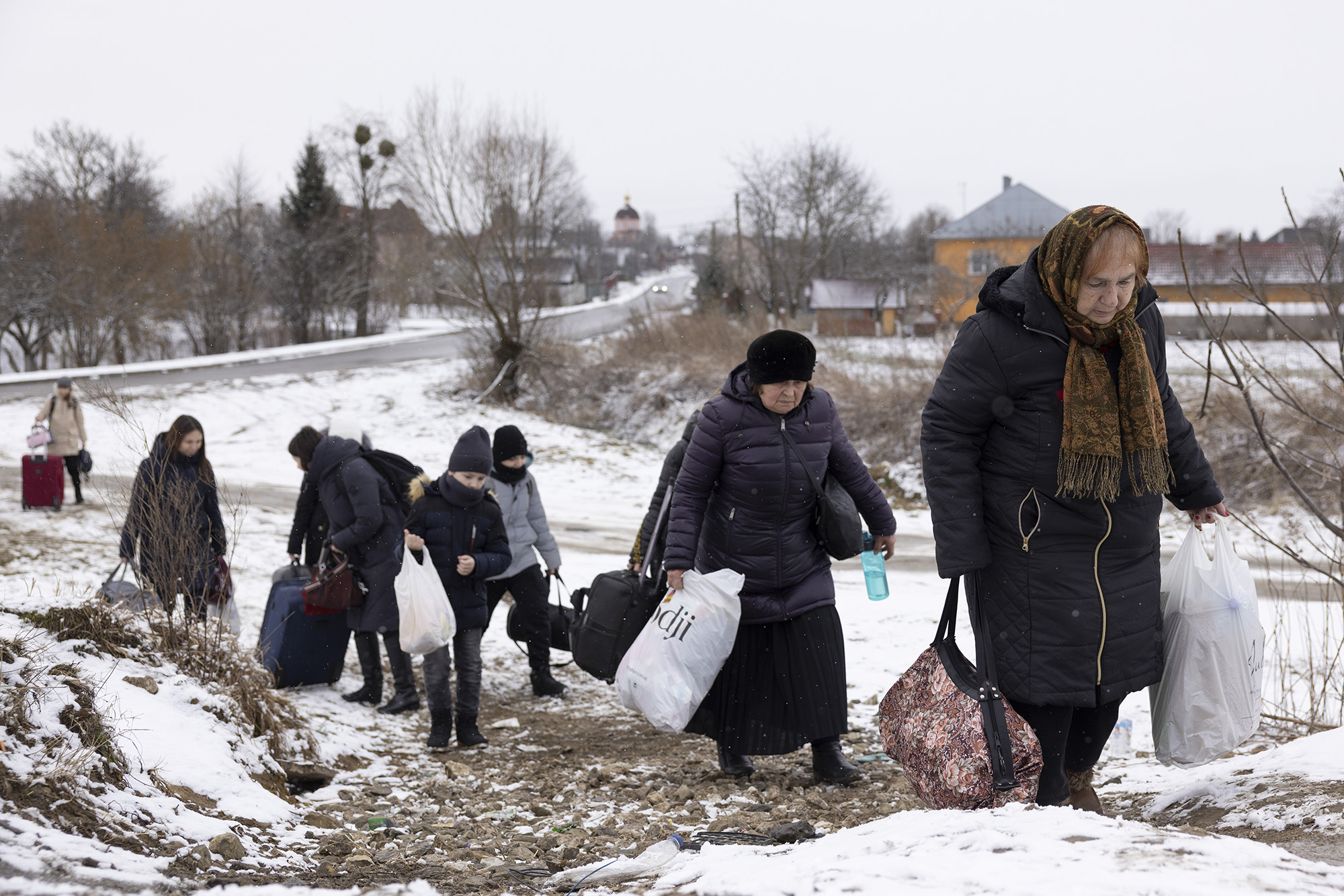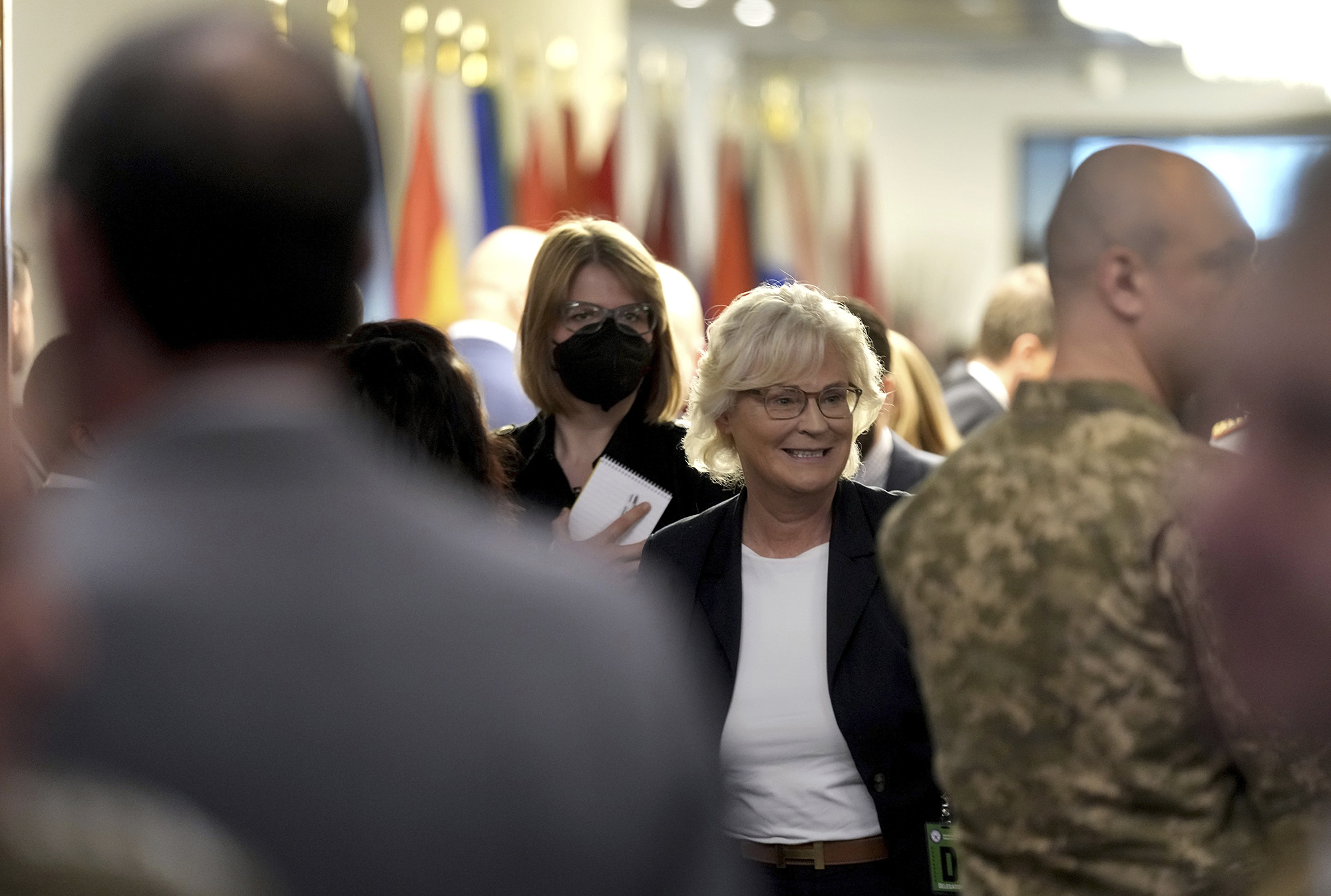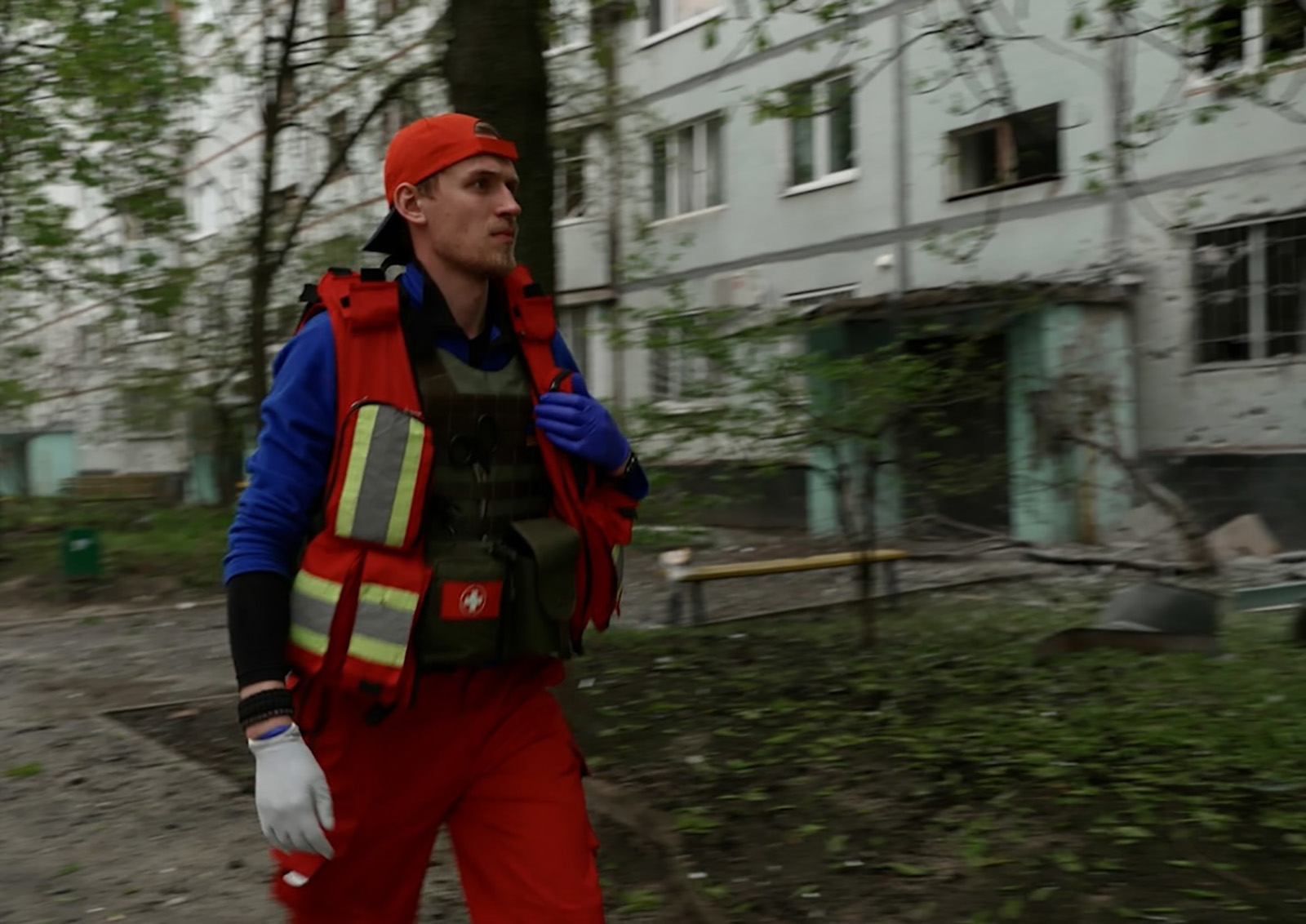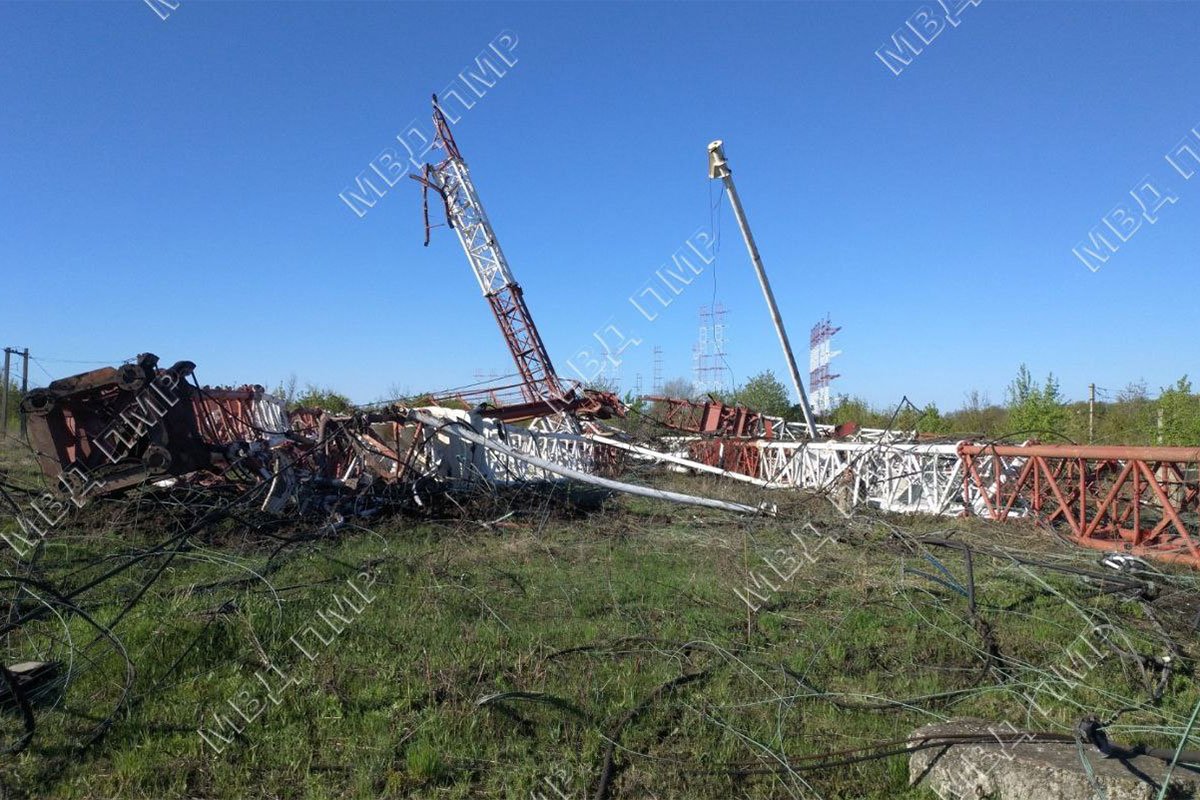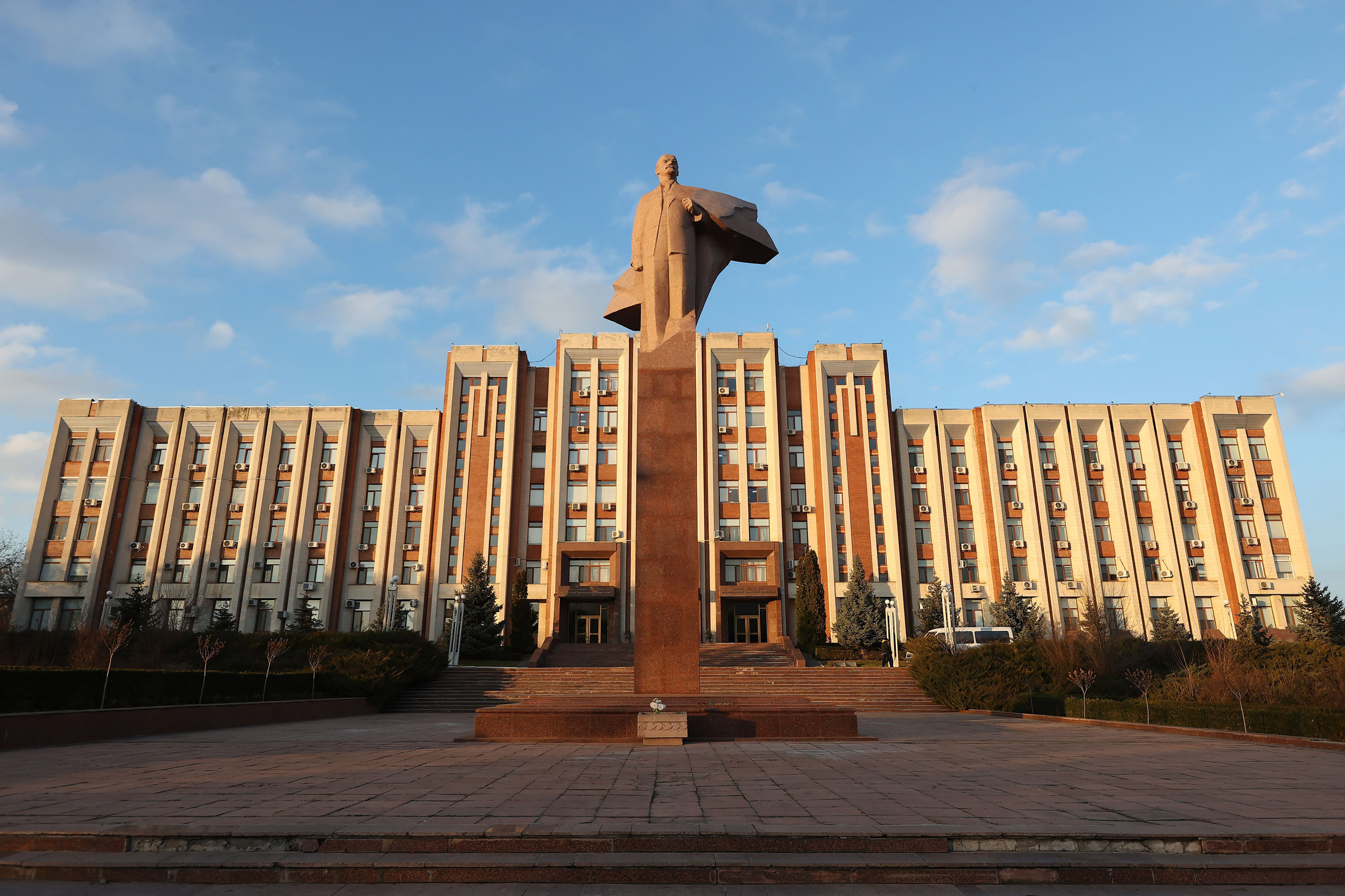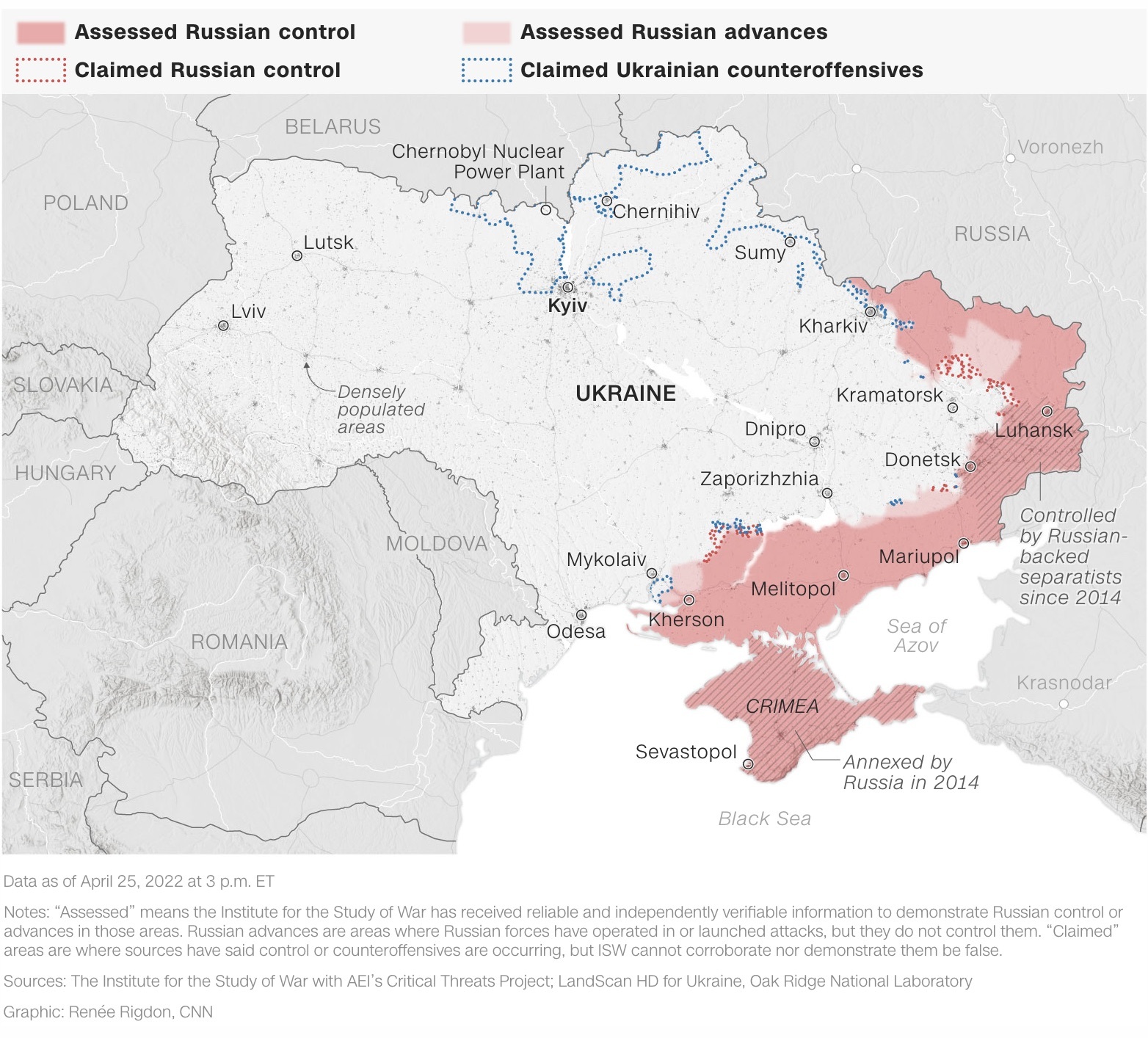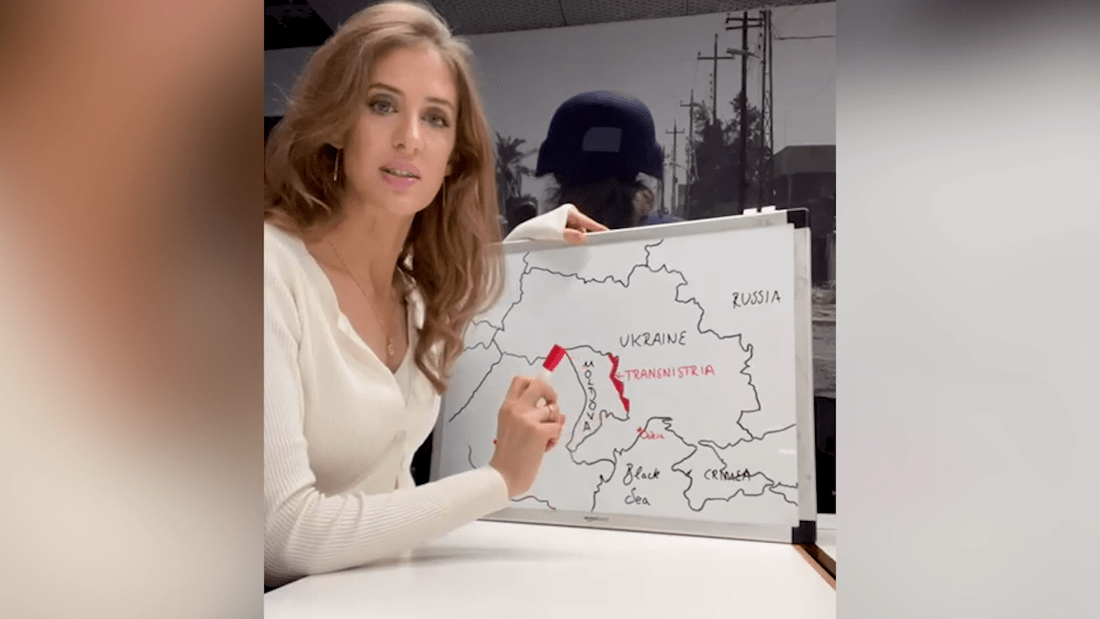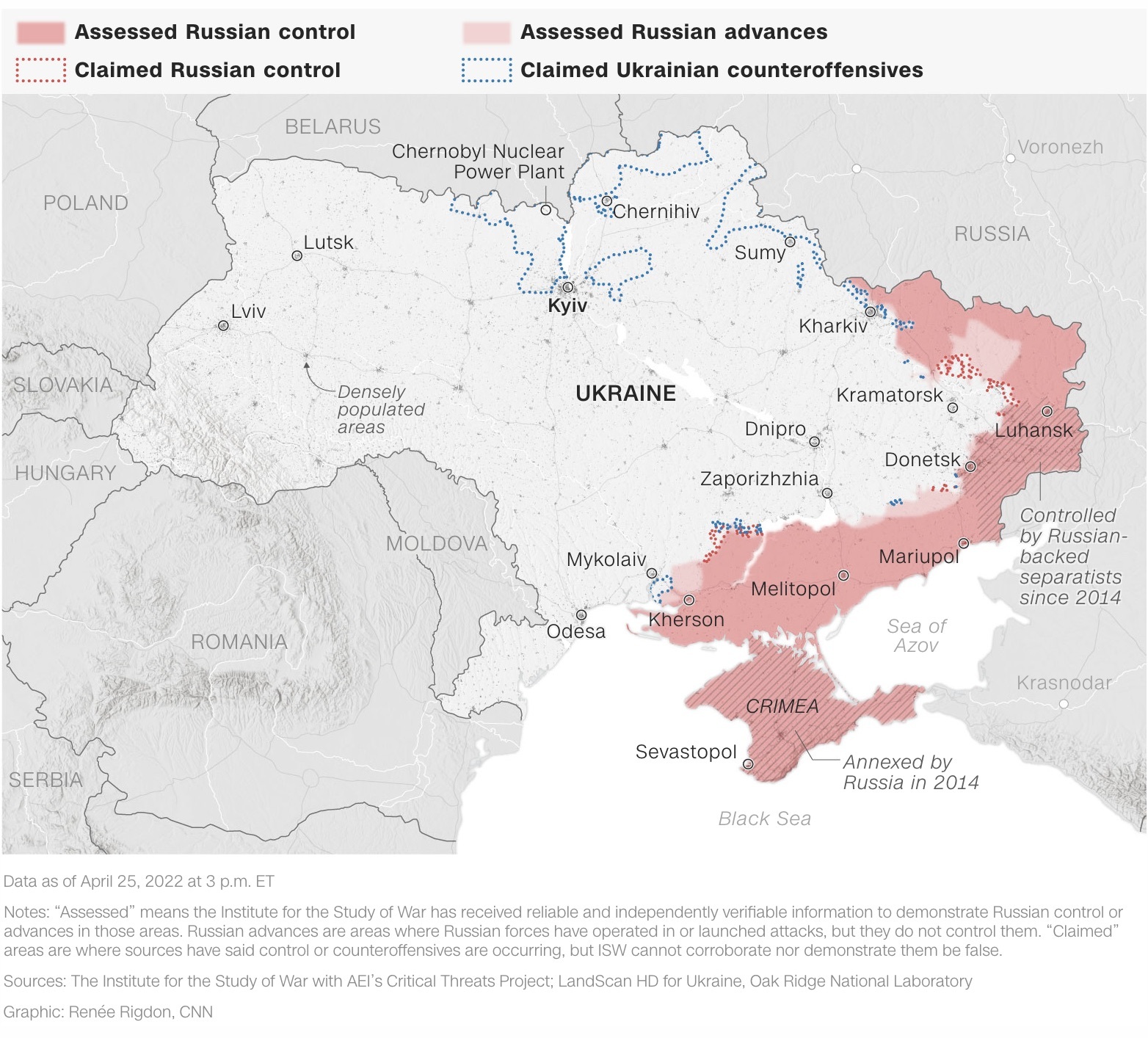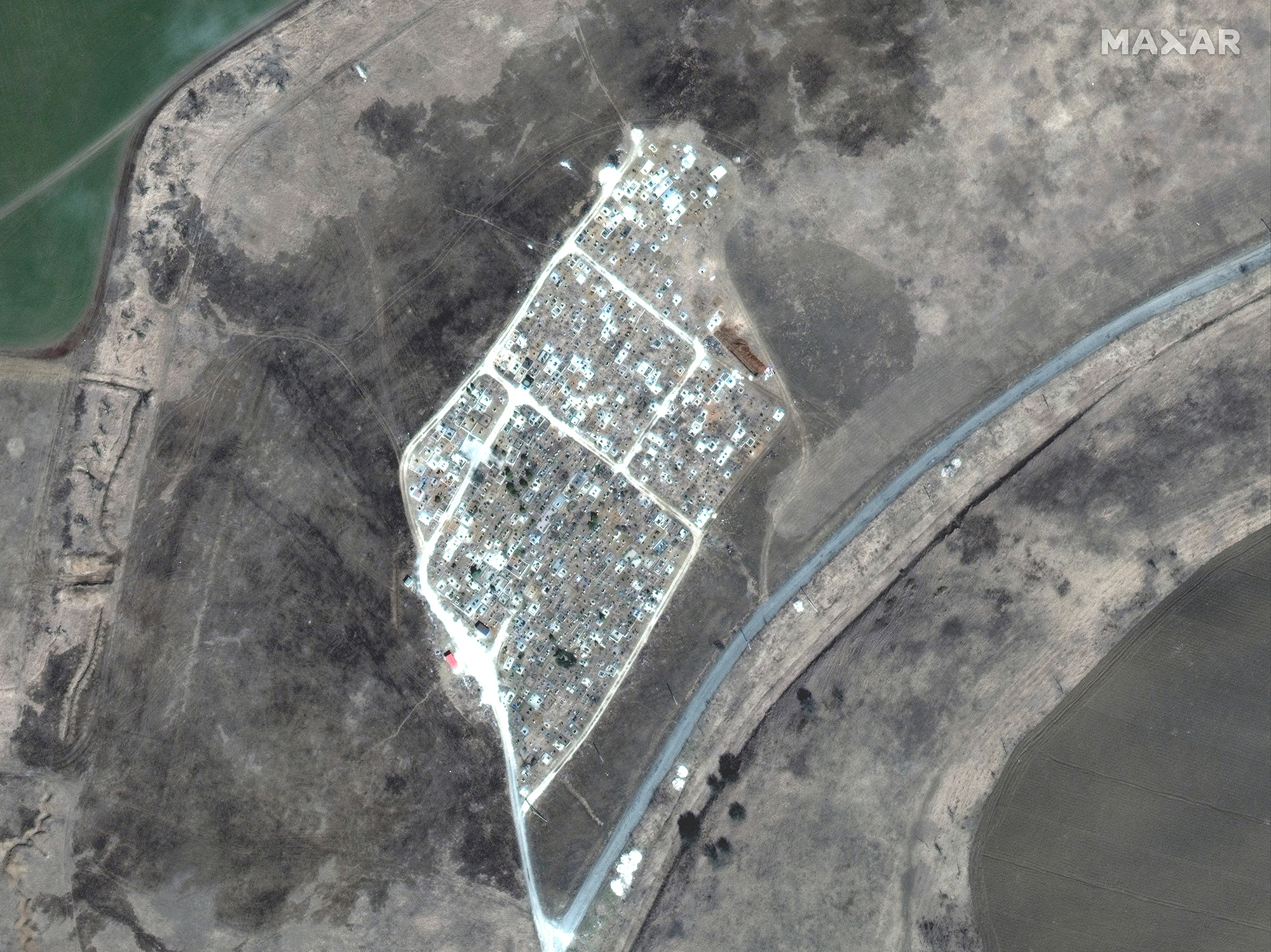
A third mass grave has been found near Mariupol, the mayor of the besieged southeastern city told Ukrainian television Tuesday.
In addition to mass graves uncovered in the villages of Mangush and Vynohradne, "now we see there is another one," said Vadym Boichenko.
New satellite imagery has shown a mass grave at the village of Staryi Krym, according to the Telegram channel of the city authorities.
The images showed excavated trenches on the territory of the Old Crimean cemetery, the city council said on Telegram.
They appeared on March 24, after the village was occupied by the Russians, and were about 60 to 70 meters long, the council said.
By April 7, according to new imagery, part of the trenches had been covered, the council said, and the burial area had grown.
"New trenches were recorded on April 24. The length of the mass grave has increased to more than 200 meters," it said.
Boichenko accused Russian forces of involving the local population in mass burials in exchange for food.
"They [the locals] told us that you have to work 'hours' to have food and water. Now there is not enough humanitarian aid in Mariupol so people are forced to do it," he said on Telegram.
CNN is unable to confirm the city's account of the mass graves. The images, from Planet Labs, were first reported by Radio Free Europe (RFE/RL) on Monday.
CNN has reviewed satellite imagery purportedly showing mass graves at Vynohradne, but it is unclear beyond the disturbance of the ground what may have transpired there.
Last week, Ukrainian officials identified the location of mass graves at Manhush near Mariupol after the publication of satellite images collected by and analyzed by Maxar Technologies.
Petro Andriushchenko, an advisor to the mayor Mariupol, posted about the mass grave at Manhush on Telegram on Thursday.
"As a result of a long search and identification of places of mass burial of dead Mariupol residents, we established the fact of arrangement and mass burial of the dead Mariupol residents in the village of Manhush," he wrote.
Andriushchenko -- who is not in Mariupol but has served as a clearinghouse for information from inside the besieged city -- said Russian forces had dug several mass graves, each measuring about 30 meters (around 100 feet), in Manhush, a town around 12 miles (20 kilometers) to the west of Mariupol.
On Tuesday Boichenko repeated that some 20,000 residents of Mariupol had died since the beginning of the invasion.
"The situation in Mariupol remains extremely difficult," he said. "Enemy artillery shells our fortress Azovstal," the steel plant where Ukrainian troops and civilians are holed up.
"There are women and children inside. Ceasefire is needed to begin the evacuation. Unfortunately, there is no ceasefire," Boichenko said. "People are running out of food, there is almost no drinking water. This is a humanitarian catastrophe."
